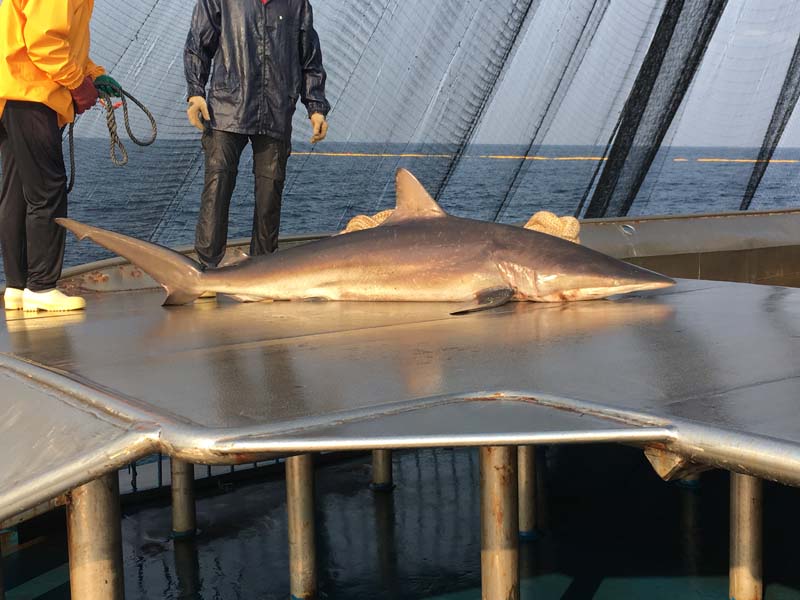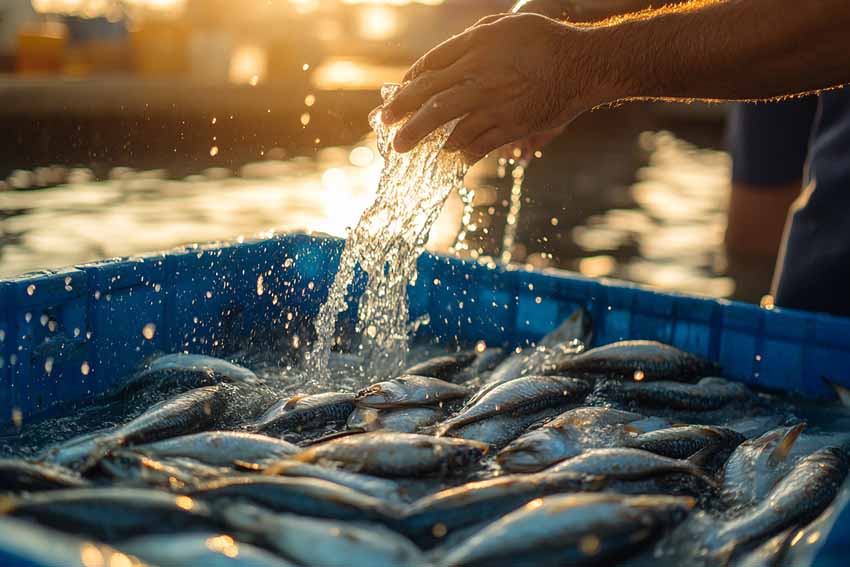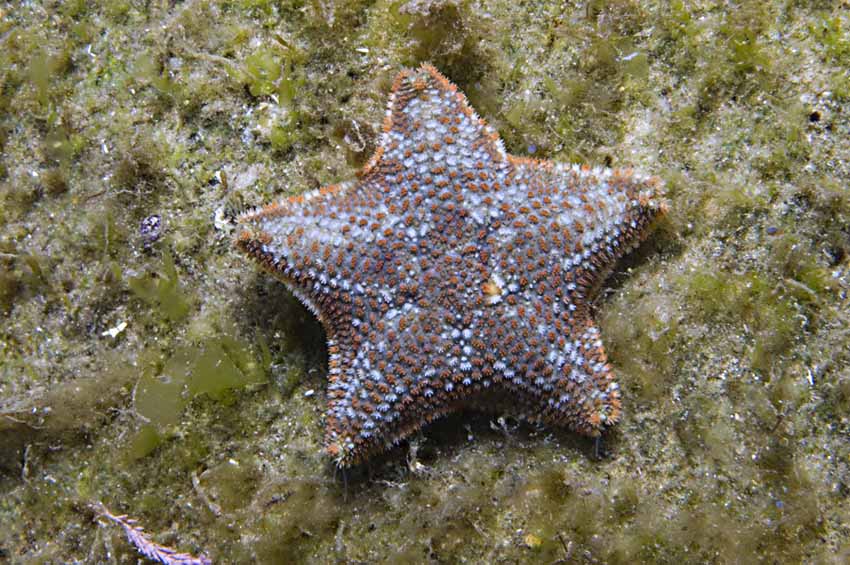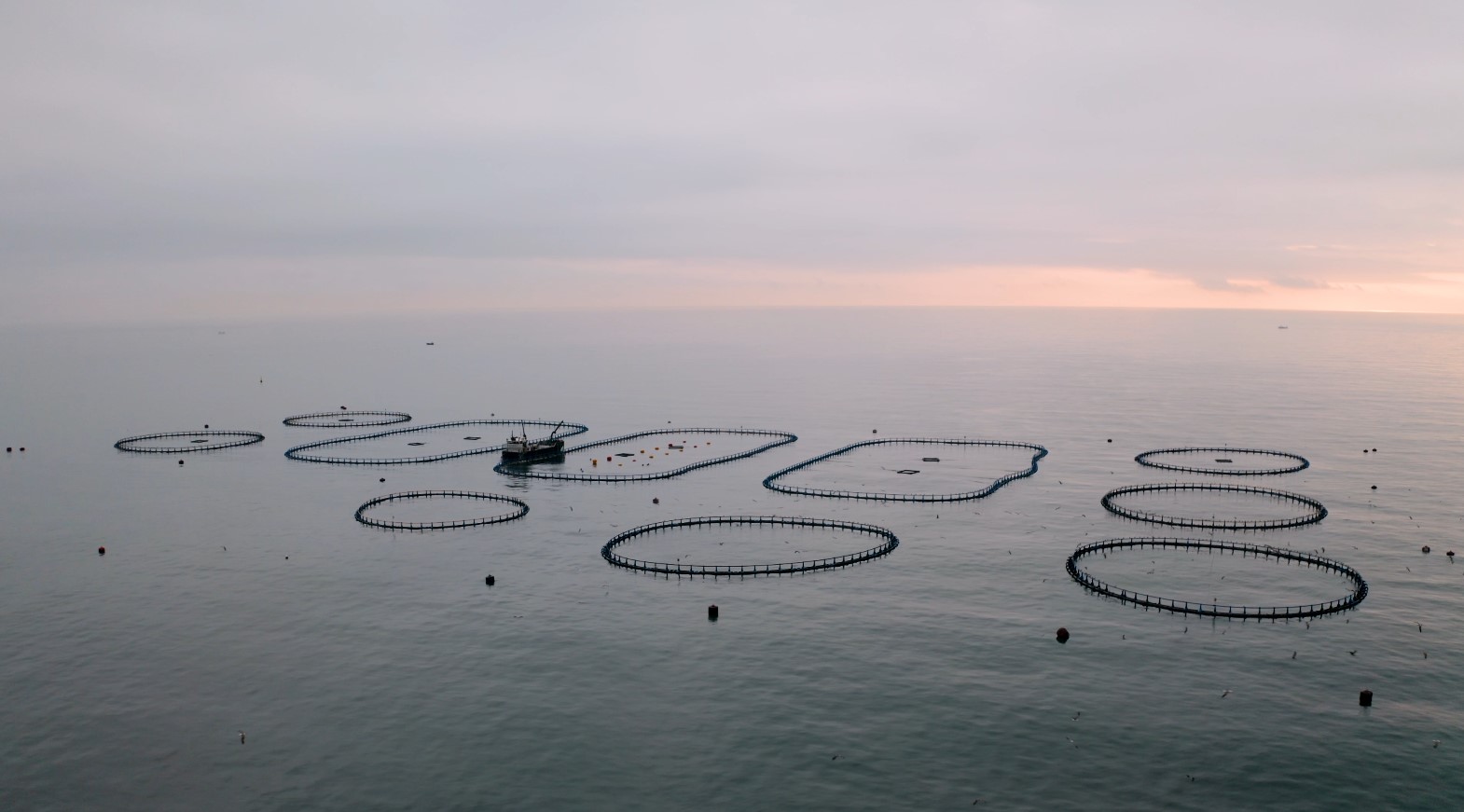Gliders: Pioneering Technology for Marine Observation
Últimas noticias
New requiem sharks identification guide: A useful tool for marine conservation
Uhinak 2024: We are facing a major challenge as the climate change is now directly impacting the coast and people’s lives
The Blue Economy Opportunity: Feeding the Future from Our Oceans
ANNA RUBIO and ASIER NIETO, researchers in the area of Operational Oceanography
Operational oceanography is defined as a branch of physical oceanography that seeks to go beyond the simple study of the ocean. Its aim is to effectively predict the future conditions of the oceans, thus providing up-to-date and relevant information to various users of the sea. In this context, the Basque Country stands out with its operational oceanography observatory, Euskoos, which has been operating since 2001 thanks to the collaboration between Euskalmet and AZTI.
A comprehensive observation system
Euskoos has evolved over more than 20 years and is now composed of a wide variety of platforms and coastal stations. These installations measure essential parameters such as water temperature, waves and currents. The network includes videometry systems that analyse beach morphology and offshore buoys that provide data on salinity and temperature, among others.
In addition, the observatory has radar antennas that generate maps of surface currents, allowing the tracking of pollutants and drifting objects. To complement these tools, a system of tide gauges enables the study of sea level and agitation in enclosed areas. From 2021, Euskoos also has two underwater gliders, known as gliders, and from 2023 an autonomous surface vehicle.
Gliders: innovation in underwater observation
Gliders are a significant advance in marine observation technology. These underwater gliders, which combine robotics and artificial intelligence, enable high-resolution data collection in coastal and oceanic areas. Their design consists of three parts: a front part with sensors, a central part that houses the navigation module and batteries, and a rear part that includes a satellite communication system.
One of the most notable features of the gliders is their propellerless operation. By taking advantage of density changes in the water column, these vehicles can move silently, allowing them to operate with a minimal carbon footprint. Each glider can be programmed to perform dive and ascent cycles, communicating bi-directionally with operators via satellite to send data and receive instructions.

Pollutant monitoring and modelling
Gliders are not only useful for collecting environmental data, such as temperature and salinity, but also allow the monitoring of microplastics and macroplastics in the ocean. This information is complemented by data from other coastal observatories, forming a solid basis for developing numerical models to inform marine management.
The data collected are essential to feed international databases from various sources, contributing to the validation of satellite data and numerical models. Initiatives such as the Copernicus Marine Service and EMODnet are examples of how these data are aggregated and used at European and international level, facilitating studies on climate change and its effects on marine ecosystems.







